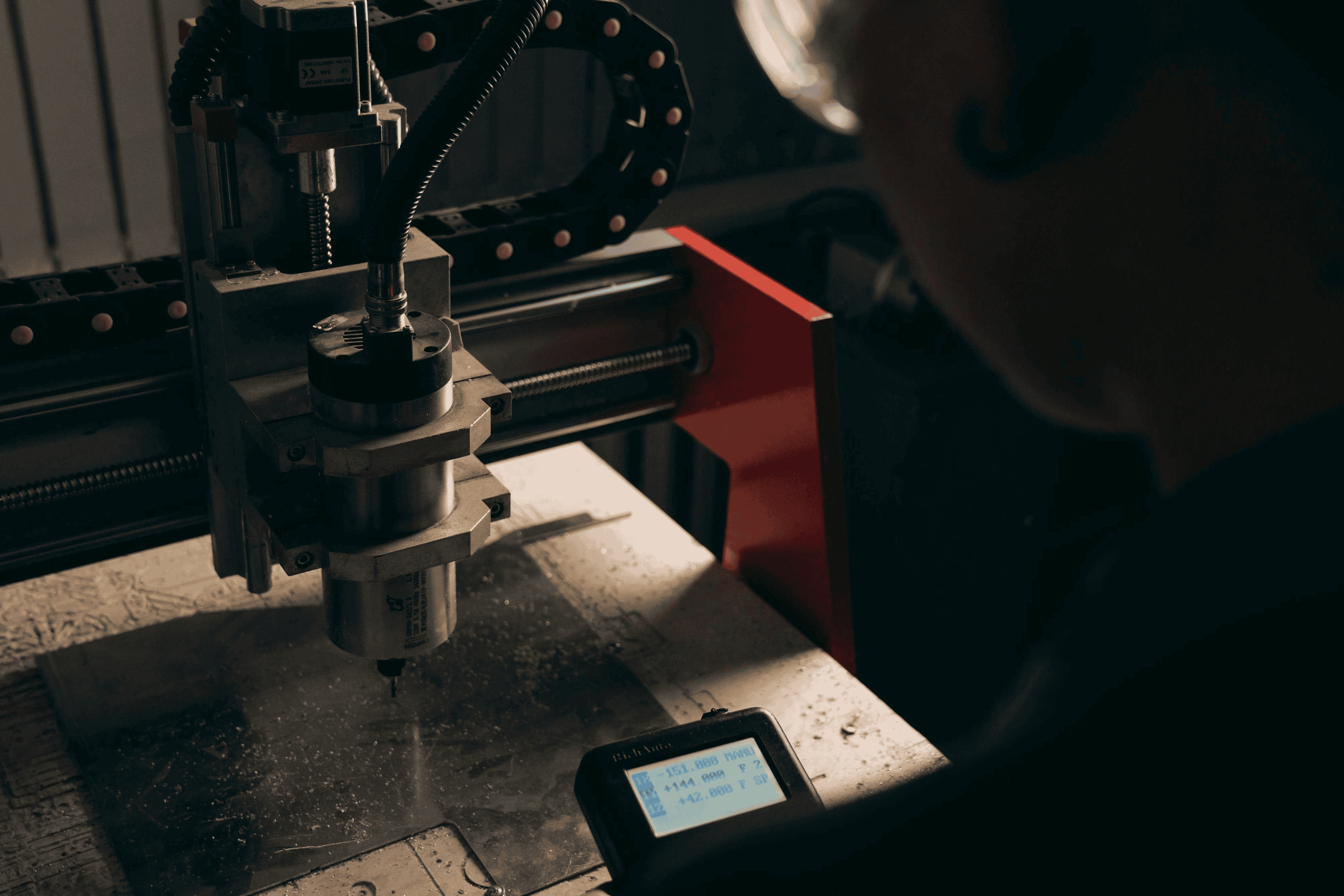Custom Fabrication

Architectural metal fabrication converts a designer’s idea into built elements that perform, endure, and look intentional. It spans ornamental and structural features such as stairs, canopies, screens, railings, planters, awnings, signage, and facade systems. At its core, architectural metal fabrication balances three forces: appearance, durability, and buildability. Teams weigh visual targets against code needs, corrosion exposure, movement, and installation sequence. When done well, parts ship with clear labels, accurate hardware kits, and instructions that speed field installation.
Architectural steel fabrication focuses on carbon steel and stainless steel components that require rigidity and strength. Typical outputs include stringers, guardrails, bollards, trellises, and support frames. Architectural sheet metal fabrication focuses on thin gauge metals such as aluminum or stainless for cladding, soffits, copings, and custom trims. Both categories rely on exacting shop drawings, verified dimensions, and tolerance control so that pieces fit the building without rework.
Common selections include carbon steel for strength and value, stainless steel where corrosion and cleanliness are critical, and aluminum when weight savings and formability matter. Brass, bronze, and weathering steel appear on feature elements where patina is part of the story. For exterior assemblies, galvanizing or thermoset powder coating extends life. For interior elements, stainless brush patterns or clear coats protect the finish while showcasing the metal.
CNC plasma, laser, and waterjet cutting deliver repeatable parts. Brake forming and rolling create curves and crisp folds. Welding follows procedure specifications that match the alloy and thickness, and grinding or blending sets the visual tone. Jigs hold geometry while parts cool. Final fit-up checks verify hole alignment, edge distances, and reveal lines. These steps are nonnegotiable in custom architectural metal fabrication because small errors grow during installation.
Finish choice drives both appearance and longevity. Hot dip galvanizing plus powder coat gives exterior steel a tough skin. Anodized aluminum resists chalking and offers consistent color across large elevations. On stainless, a directional brush hides handling marks better than a mirror polish. Finish samples, salt spray data, and mockups keep expectations aligned among architect, contractor, and fabricator.
Every successful package starts with clear intent. Architects provide design drawings and specifications that define profiles, sightlines, and performance. The fabricator translates that into shop drawings and 3D models that confirm joints, fasteners, drainage paths, and movement joints. Early field measures lower risk on retrofits and tight spaces.
Submittals typically include data sheets, finish callouts, and anchorage details. If the assembly connects to glazing or waterproofing, coordination with envelope consultants prevents conflicts. For repetitive assemblies like facade panels, a unitized approach with indexing marks, templates, and kitted hardware speeds installation and reduces crane time.
Work may reference AESS categories for exposed steel, AWS structural welding codes, or SMACNA guidance for sheet metal. Dimensional tolerances should match the category and be realistic for the process. Fasteners that show on finished faces get consistent orientation, spacing, and torque. Edge distances, gap uniformity, and weld bead appearance are reviewed during mockups before full production.
Successful installs start on the shop floor. Thoughtful packaging prevents rub marks and protects edges. Pallets are labeled by sequence. Hardware bags match each unit. On site, substrate verification confirms anchors and backing are ready. Thermal breaks, isolation pads, and sealant compatibility are checked near other trades. A solid closeout includes maintenance recommendations for the specific finish and environment.
Cost drivers include alloy selection, finish system, complexity of bends, and field access. Early value engineering might swap thicknesses, revise patterns, or combine parts to cut labor without losing effect. Lead times hinge on finish capacity and material availability, so ordering mill lengths early protects schedule. Risk is controlled through mockups, coordinated anchors, and realistic tolerances that reflect actual processes.
Before fabrication, confirm responsibilities around flashing, sealants, and final cleaning. After installation, provide the owner with cleaning methods that preserve the finish, especially for powder coated and anodized surfaces. Regular maintenance extends the life of architectural steel fabrication and architectural sheet metal fabrication in coastal or high traffic settings.
For project teams seeking a trusted partner, our Fayetteville Arkansas shop supports design assist, prototyping, and production at scale. Explore our custom fabrication to see how we translate drawings into precise parts. Learn more about our approach and standards on why choose OZK Customs and review our fabrication services for material and finish options.
If your project calls for architectural metal fabrication, we can help refine details, confirm tolerances, and deliver labeled, install ready assemblies. Our team handles architectural steel fabrication for stairs and frames, along with architectural sheet metal fabrication for cladding, trims, and specialty features. In Fayetteville Arkansas, we prepare submittals, run mockups, and ship protected parts with clean documentation. Share your drawings and goals, and we will propose a clear path from concept to completed metalwork.
Ready to turn design intent into durable, installation ready metalwork? Our Fayetteville Arkansas team delivers precise shop drawings, clean welds, and architectural finishes for steel and sheet metal elements. Share your drawings or concepts and we will propose materials, coatings, and connection details that fit your budget and schedule. Submit the form and let OZK Customs fabricate what your project demands.
ADDRESS:
6159 E Huntsville Rd, Fayetteville, AR 72701
PHONE:
(479) 326-9200
EMAIL:
info@ozkvans.com